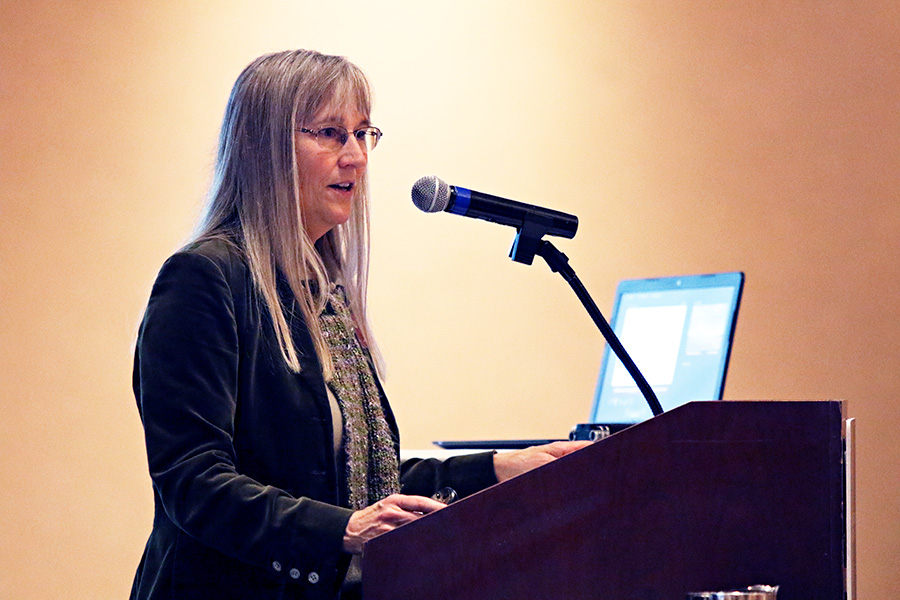Economic Outlook 2018: Optimism in Flathead County
The county's economic drivers continue to be tourism, manufacturing, wood products, health care, trade center services, and the federal government
By Molly Priddy
The economy in Flathead County is healthy and expected to keep growing in 2018, thanks in large part to the burgeoning health-care industry.
“The story here is mostly growth,” said Patrick Barkey, director of the University of Montana’s Bureau of Business and Economic Research, during the BBER’s annual Economic Outlook Seminar at Kalispell’s Hilton Garden Inn on Feb. 6.
Health care was a driving force in Flathead County’s economy in 2017, with the county experiencing the fastest health-care expansion in the state, he said. Health-care earnings have increased by about 68 percent in Flathead County since 2007, he said.
“What’s happening with health care here in the valley is incredible,” Barkey said.
The county’s economic drivers continue to be tourism, manufacturing, wood products, health care, trade center services, and the federal government.
Wildfire and smoke were impactful forces during the 2017 tourism season, which ended up still being a pretty good year for Montana businesses, according to Norma Nickerson, director of the Institute for Tourism and Recreation Research.
According to an ITRR study compiled last fall, 7.1 percent of visitors shortened their trips due to wildfires and 6.9 percent canceled additional trips. Overall, 8.6 percent of trips to Montana were canceled due to the fires and smoke, Nickerson said. That equals roughly 800,000 fewer visitors in the third quarter, eliminating about $240 million in spending.
In Northwest Montana, 78 percent of tourism businesses said they were affected by smoke and fire last year, whereas only 38 percent in Yellowstone Country felt the same.
Nickerson said that regardless of the fires, the national parks still experienced massive visitation. Nonresident spending topped over $1 billion in the areas around Glacier and Yellowstone national parks. Around Glacier, nonresident spending in 2017 accounted for 16,010 jobs and $51 million in taxes.
Real estate and construction are also seeing a boom in the Flathead, with housing prices growing 26.8 percent in Whitefish since 2012 and 19.3 percent in Kalispell, according to Brandon Bridge, economist and director of forecasting for BBER.
“This area is really leading the pack as far as price appreciation,” Bridge said.
Rents continue to skyrocket, Bridge noted, with little relief in sight. Homeownership is down across the state, especially in the millennial generation, he said.
The Flathead County real estate market is “looking much healthier,” though single-family housing starts are at about 73 percent of their 2005 levels. There has been a surge in multi-family housing, but affordability will continue to be a problem in many areas as housing prices and the median household income level continue to get further apart.
In the forest industry and wood products, the private sector accounts for about 7,200 jobs across the state, while the public sector employs 3,750 people. Todd Morgan, director of the Forest Industry Research Program, said only eight sawmills in Montana are considered large, while the remaining 20-plus are smaller.
The smaller businesses may see consolidation as wood and labor supplies still continue to be a problem for many, Morgan said.
However, the fires may provide a small boost, he said, with expectations of increased fire salvage and green tree sales this year.